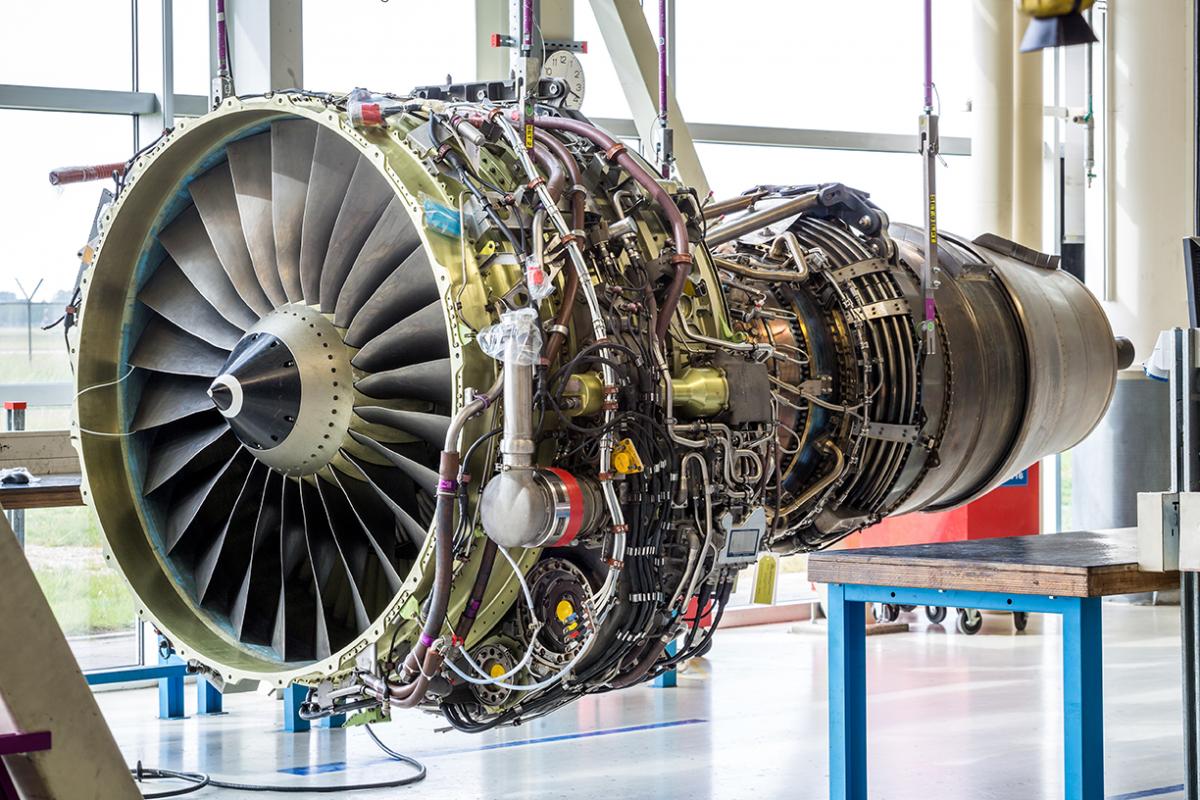
The remaining useful life (RUL) estimation of a component is an interesting problem within the Prognostics and Health Management (PHM) field, which consists in estimating the number of time steps occurring between the current time step and the end of the component life. Being able to reliably estimate this value can lead to an improvement of the maintenance scheduling and a reduction of the costs associated with it. Data driven approaches are often used in the literature and they are the preferred choice over model-based approaches: in fact, not only they are easier to build, but the data over which they are built can be gathered easily in many industrial applications. During the last years, neural networks like Long Short-Term Memory (LSTM) and Convolutional Neural Networks (CNN) have found many applications in this area, this because of their suitability to uncover hidden patterns within the sensor data. In recent years a greater availability of high quality sensors and easiness of data […]